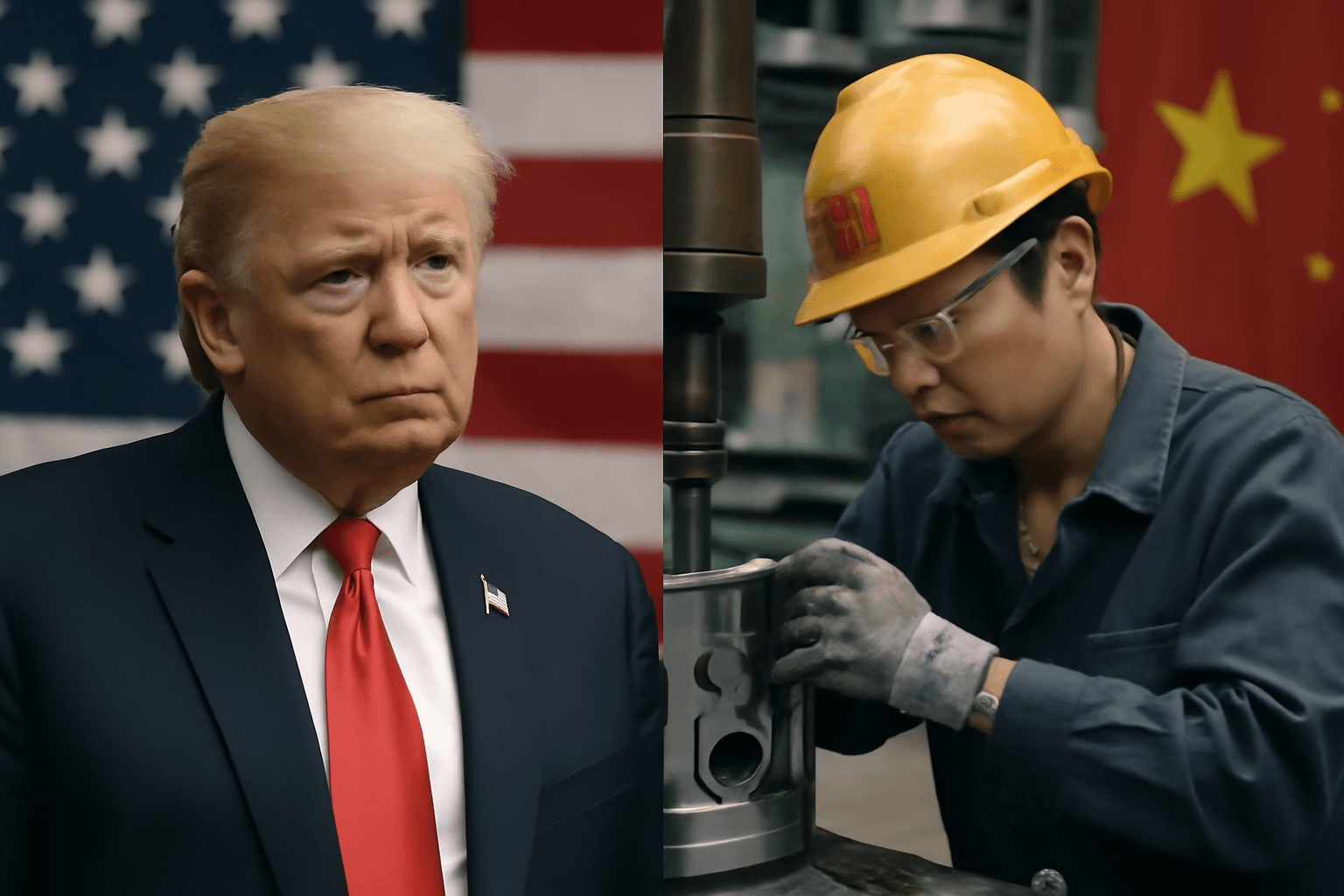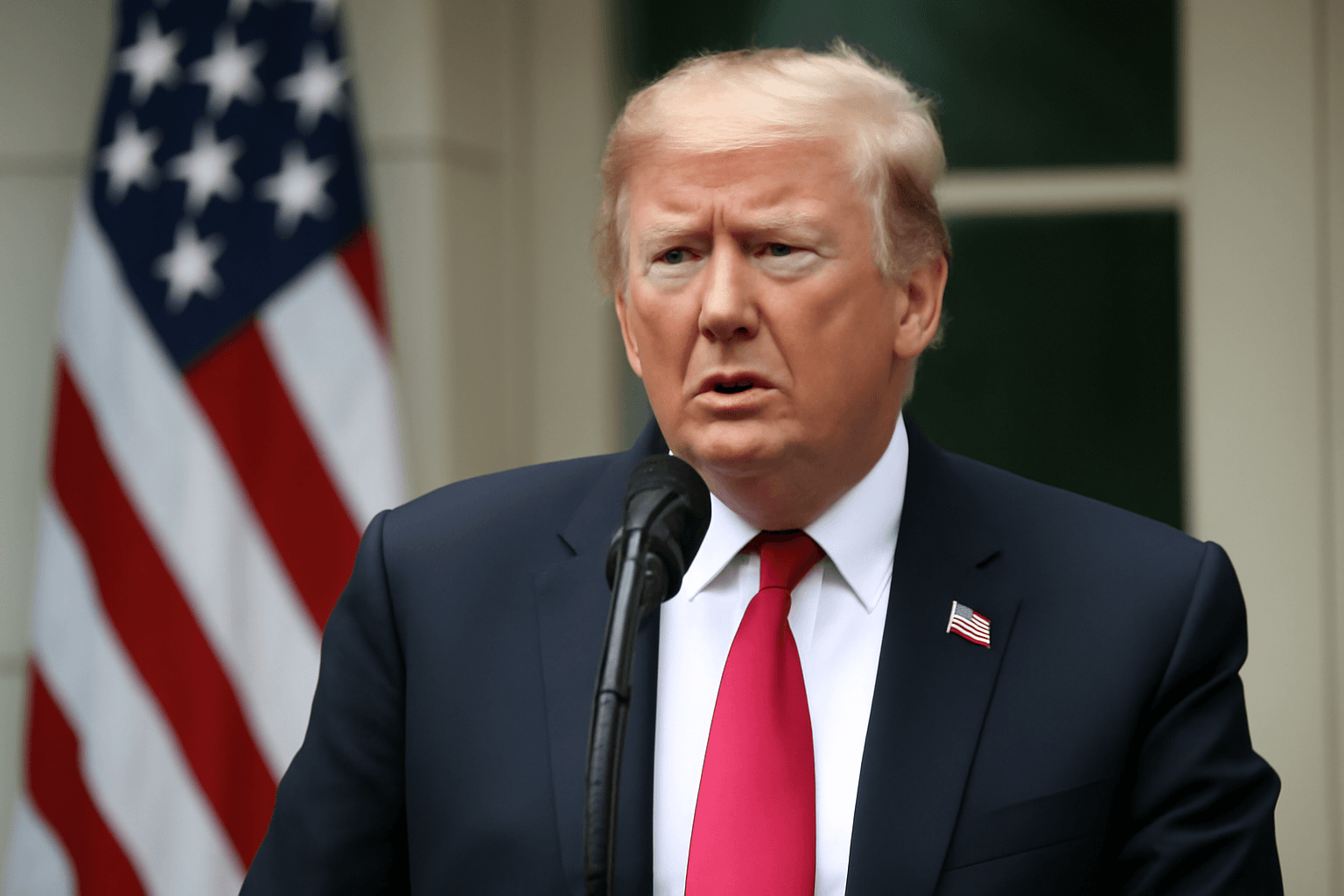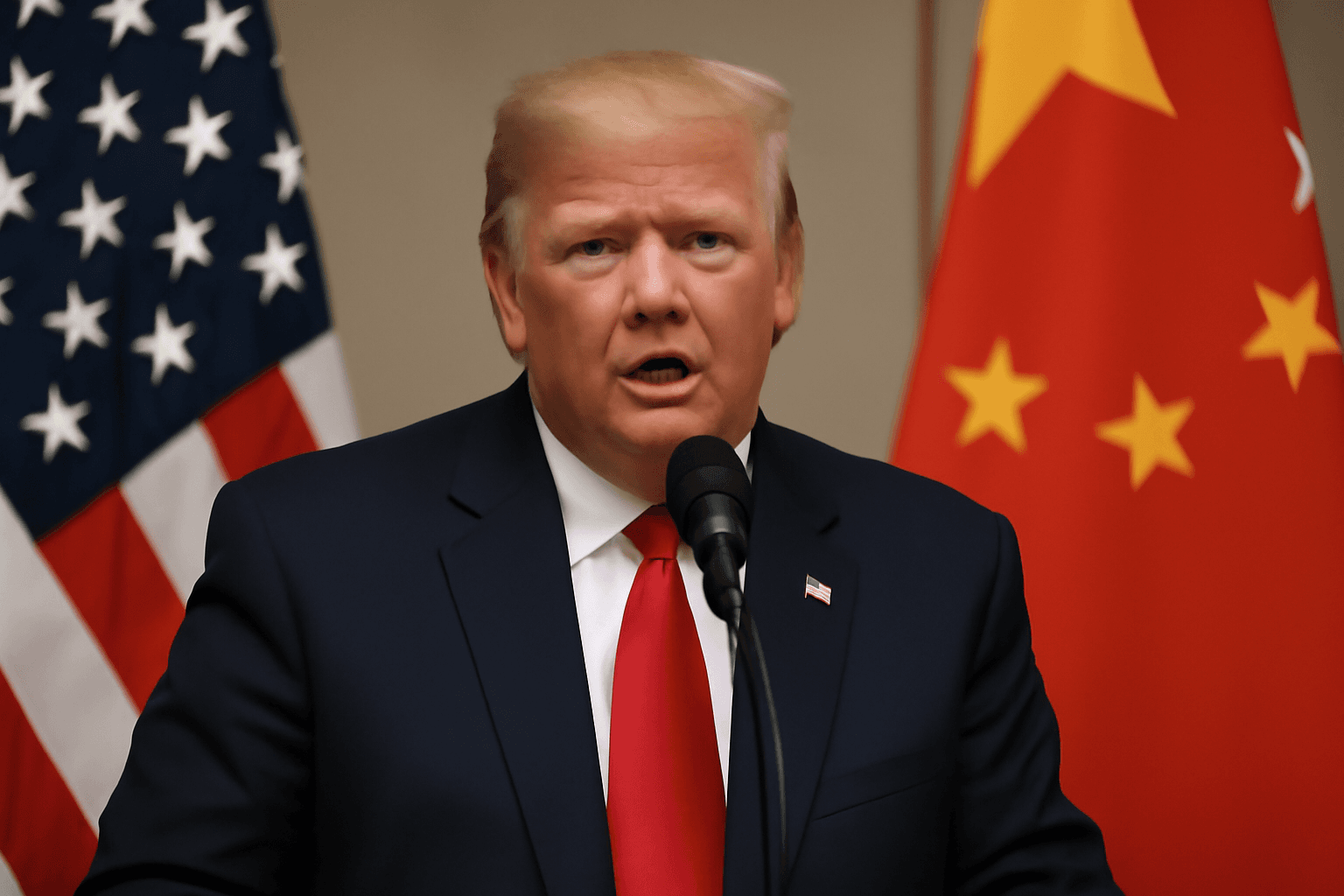US Trade Deficit Narrows Significantly in June Amid Falling Imports
The United States reported a remarkable 16% decline in its trade deficit for June 2025, narrowing the gap to $60.2 billion, the smallest since September 2023, according to figures released by the Commerce Department's Bureau of Economic Analysis.
This improvement was driven largely by a sharp drop in consumer goods imports, highlighting the ongoing impact of President Trump's sweeping tariff policies that have reshaped global trade dynamics.
Key Numbers at a Glance
- Exports of goods and services in June totaled $277.3 billion, slightly down from over $278 billion in May.
- Imports sharply decreased to $337.5 billion from $350.3 billion in May.
The China Trade Deficit Hits 21-Year Low
One of the most striking figures in the June data is the plunge in the U.S. trade deficit with China, which slumped by roughly a third to $9.5 billion—the lowest level since February 2004. Over five months, this gap has shrunk by a staggering 70%, equivalent to a $22.2 billion reduction.
This trend underscores the ongoing tension and transformation in U.S.-China trade relations, fueled by the imposition of a 30% tariff on most Chinese imports. Consequently, imports from China dropped to $18.9 billion, their lowest in over 16 years.
Trade Negotiations and Tariff Updates
Recent discussions between U.S. and Chinese trade officials in Sweden indicate cautious optimism, with President Trump expressing confidence that "we're getting very close to a deal." The deadline for the current tariffs is August 12, and there are recommendations for an extension to avoid tariffs reverting to over 100%, as briefly occurred earlier this year during escalation rounds.
Meanwhile, the average U.S. tariff rate, according to Yale's Budget Lab, has surged to 18.3%—the highest since 1934—up from the 2-3% range before Trump's 2025 inauguration.
Economic Implications: A Mixed Picture
The narrower trade deficit notably supported a stronger GDP growth in Q2 2025, which expanded at a robust 3.0% annualized rate following a 0.5% contraction in Q1. Yet, underlying economic indicators suggest that this headline growth masks some weakness amid ongoing trade disruptions and shifting consumer behaviors.
Notably, the reduction in imports coincided with earlier front-loading of goods purchases by U.S. consumers and businesses attempting to beat tariff hikes.
Expert Insight: Understanding the Broader Context
Trade experts caution that while falling deficits may initially seem positive, they come against a backdrop of strained international relationships and elevated costs for American consumers. The tariffs, intended to protect domestic industries, have complex ripple effects—including supply chain disruptions and inflationary pressures.
Moreover, the sharp decline in imports from China might lead companies to diversify supply chains but could also cause short-term shortages or increased prices. The long-term effects of these shifts on U.S. manufacturing competitiveness and consumer welfare remain to be fully understood.
Looking Ahead: Questions and Risks
- Will proposed tariff extensions deepen tensions or foster a breakthrough in U.S.-China trade talks?
- How might sustained high tariffs affect inflation and American household budgets as the global economy remains volatile?
- Can the U.S. leverage this period to strategically revamp supply chains and promote domestic production without provoking retaliation?
Conclusion
The U.S. trade deficit's sharp contraction in June 2025 and the historic narrowing of the gap with China mark significant developments in America's trade landscape. However, the full economic and geopolitical implications are nuanced, cautioning against simplistic interpretations of these headline figures. As tariff policies evolve and negotiations continue, both businesses and consumers will feel the impact of these global shifts in the months ahead.
Editor's Note
This latest trade report highlights the profound reshaping of U.S. global commerce under rising tariffs and tense diplomatic relations, especially with China. It raises critical questions about balancing domestic economic interests with the risks of protectionism, inflation, and global supply chain fragility. Observers should watch closely how forthcoming trade negotiations and policy decisions unfold, as their consequences will stretch far beyond the balance sheets.



















